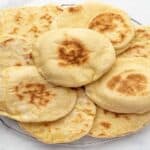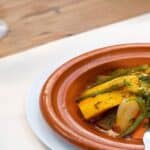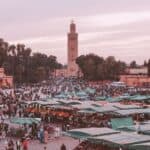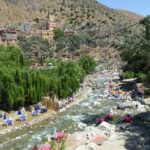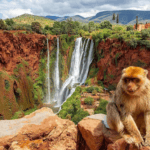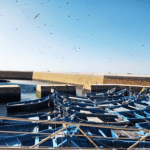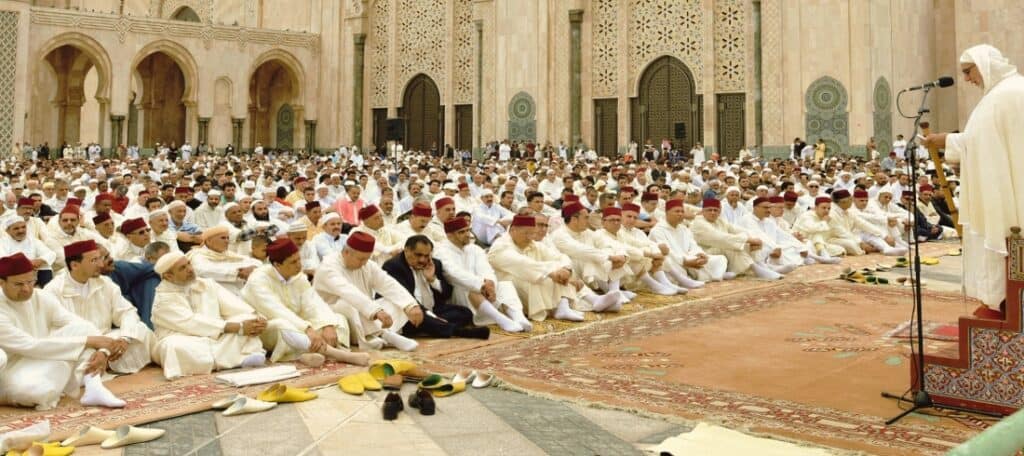
As the crescent moon signals Eid al-Fitr, Morocco comes alive. Eid al-Fitr means more than the end of Ramadan’s fasting. It brings unity, reflection, and joy nationwide. In Morocco, people wear traditional clothes and say “Eid Mubarak” to each other, showing the country’s rich culture.
Sweet smells fill the air from Fez to Marrakech, an essential part of Eid’s celebrations. The peaceful Takbirs sound before Eid prayers in open areas showing unity and peace. Charity, known as zakat al-Fitr, is key, replacing fasting with celebration and food.
The joy and depth of Morocco’s customs during Eid al Fitr are clear. They’re seen in shared experiences and ancient practices. A spirit of generosity and hospitality shines, making the holiday uniquely Moroccan.
Eid al Fitr in Morocco: The Spiritual Harmony of Prayer and Community
As the crescent moon signals the close of Ramadan, Moroccans get ready for Eid al Fitr. This is a time for reflection and coming together. Eid al Fitr, following the teachings of Muhammad, focuses on prayer and helping those in need.
In the morning, Moroccans gather in prayer places, showing unity and faith. This act creates a strong sense of belonging and peace. Everyone’s heart and voice join in prayer, echoing Morocco’s deep spiritual ties.
Recent tragic events globally have brought the United Religions Initiative (URI) community even closer. In Morocco, Eid sermons promote mercy, forgiveness, and healing. This enhances the event’s meaning well beyond a simple celebration.
URI members have responded with deep empathy to violence around the world. Such times bring the community together, aiming for peace and understanding. It’s more than a festive occasion; it’s a period for introspection and striving for peaceful coexistence.
Eid al Fitr in Morocco goes beyond the joy of feasts and clothes. It’s about spiritual renewal and the hope for peace, shown by the URI‘s work. This event highlights the power of faith and community bonds in Morocco.
Feasting and Generosity: The Culinary Heart of Eid al Fitr
Eid al Fitr in Morocco is more than a celebration. It embodies togetherness and generosity through its food traditions. The welcome is warm, with open doors for guests to enjoy Moroccan hospitality.
The smells of couscous, tagines, and pastillas create an inviting atmosphere. Moroccan pastries and sweets signal a celebration of joy among loved ones.
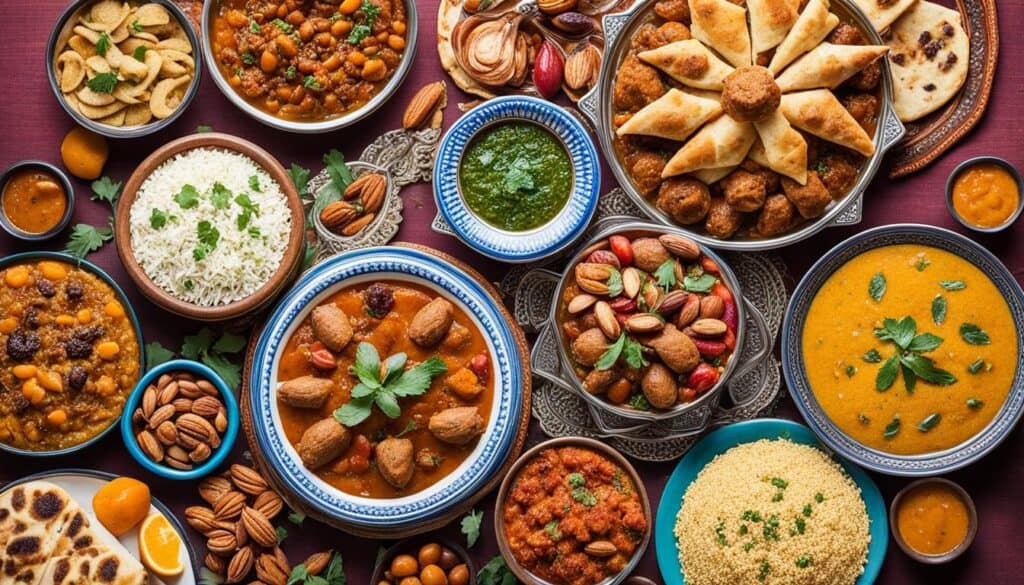
Preparing the Eid Feast: A Blend of Tradition and Togetherness
In Morocco, preparing the Eid feast is a way to bring people together. It’s a time when families and friends connect over cooking traditional dishes. Moroccan mint tea symbolizes kindness, poured into every glass.
The generosity seen in the lavish food spreads celebrates unity. It’s a cultural expression of warmth and inclusion.
Sweet Delights: Moroccan Pastries as the Flavor of Celebration
Eid al Fitr in Morocco shines with sweet treats. Families take pride in making traditional pastries like date-filled ma’amoul and chebakia. These sweets symbolize happiness and prosperity.
They are essential to Eid festivities, representing Moroccan cuisine’s rich flavors.
Dining Etiquette and Hospitality During Eid
Eid al Fitr’s hospitality is about more than sharing food. It respects Moroccan customs and traditions. Guests are treated with attentive listening and care, marking silent gestures of respect.
Moroccan weddings and celebrations showcase this intrinsic hospitality. Eid al Fitr vividly shares this vibrancy and happiness.
- Guests share plates as a common practice, enhancing the communal dining experience.
- Handwashing before and after meals upholds the dining etiquette integral to Eid al Fitr.
- Morocco’s open-door policy during festivities showcases a deep-rooted value of togetherness.
- Handcrafted items are often exchanged as tokens of generosity and respect, embodying the country’s rich artisan history.
| Aspect of Hospitality | Tradition | Significance |
|---|---|---|
| Eid Feast | Culinary Delicacies | Showcases Moroccan generosity and the joy of sharing |
| Moroccan Mint Tea | Symbol of Respect | Embodies the warm welcome extended to guests |
| Pastries and Sweets | Chebakia, Ma’amoul | Reflects the joyous essence of Eid al Fitr |
| Gift Exchange | Handcrafted Items | Acts as a tribute to artisanal tradition and mutual respect |
Conclusion
Eid al-Fitr in Morocco is a time of unity and joy, ending Ramadan’s month of reflection and sacrifice. It’s about more than breaking the fast with delicious Eid cuisine, which makes it known as “Sweet Eid.” The country’s traditions create a welcoming atmosphere full of long-standing customs. The Eid prayer starts the holiday, bringing everyone together in devotion. Then, the grand Moroccan feasts display the nation’s famous hospitality. This day becomes more than a ritual; it’s a meaningful cultural event.
Eid in Morocco is filled with generosity, especially with Zakat al-Fitr, a charity given before the Eid prayer. As the crescent moon announces Eid’s start, families wear festive clothes. In places like the United Arab Emirates, men often choose new traditional outfits. Women dress up to reflect Eid’s happiness. Wearing special perfumes adds to Eid’s festive feel. These customs add layers to the Eid celebration.
The way Morocco celebrates Eid al-Fitr shows how deeply the country values its culture and community. The prayers, diverse Takbir sounds, and sharing unique dishes show the charm of Moroccan traditions. The holiday, lasting one to three days, highlights themes of thankfulness, renewal, and unity. Moroccans and visitors alike treasure these experiences. They remind us of the importance of gratitude and togetherness.



